Intel Haswell vs AMD Richland head-to-head
We test both sets of architecture to see which is best suited for your needs.
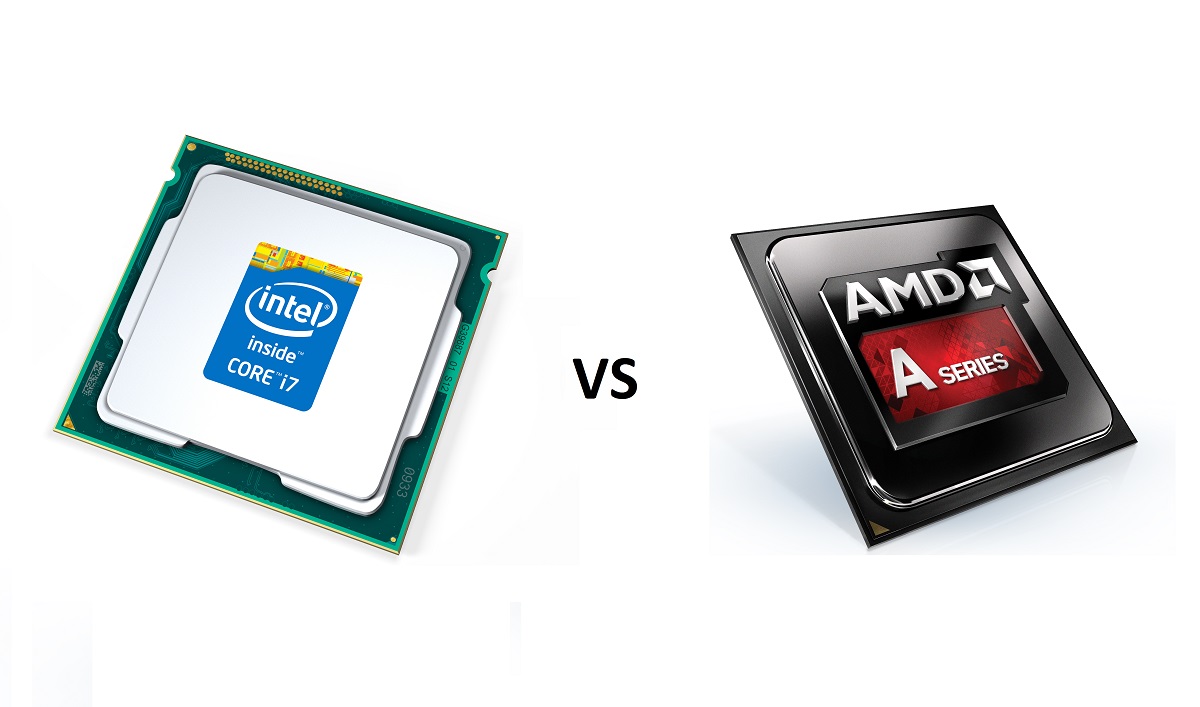

AMD Richland architecture
AMD can't match Intel in terms of raw processing power. But its APUs are designed in a different way and the discrete Radeon graphics cores in Richland give these chips an advantage over Haswell's graphics cores. Plus AMD's parts are much cheaper than top-end Intel parts.
Richland is an evolution. The processor takes up 58 per cent of the chip's 32nm die, is built using "Enhanced" versions of last year's Piledriver core, but little has changed. Clock speeds are slightly faster, Turbo speeds more ambitious, the L2 cache is unified and 2,333MHz DDR3 memory is now supported by high-end APUs.
The other 42 per cent of Richland's die is taken up by Radeon HD 8000-series graphics. Don't be fooled into thinking that these are brand new GPUs. They don't make use of the Graphics Core Next architecture that debuted in 2012's HD 7000 and Pitcairn-based cards. Richland's graphical component is actually based on 2011's Radeon HD 6000, and it deliver small speed bumps over similar cores found in Trinity chips.
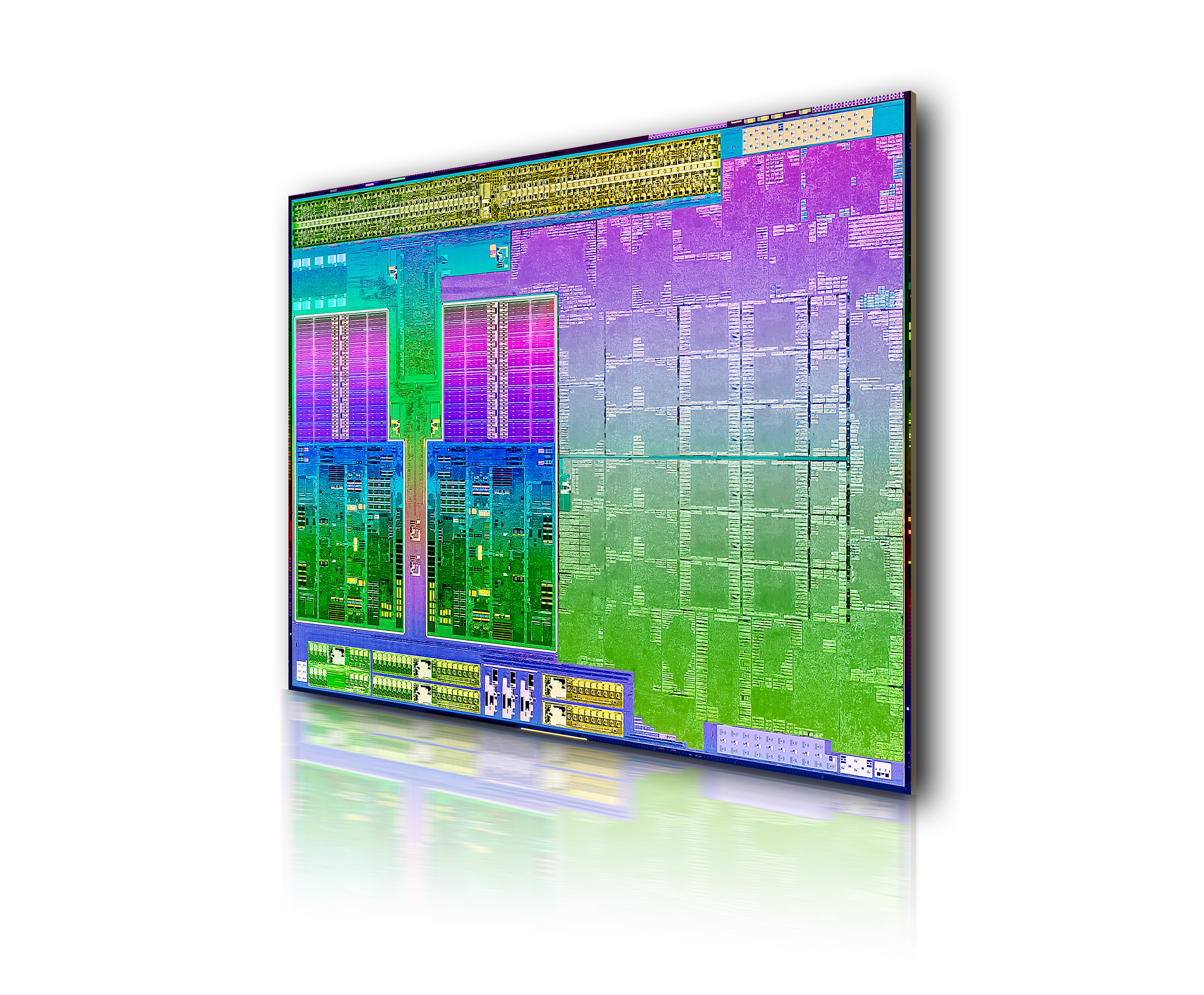
Richland still uses the FM2 socket, so older motherboards still work and the A55, A75 and A85X all remain compatible with the new APUs.
The Richland range also includes mobile chips, but these aren't based on the Enhanced Piledriver cores found in desktop parts. Instead, AMD is merely getting more bang for its buck from last year's Trinity architecture, with the same chips running at faster speeds, and with better power consumption.
The Richland range
Get the ITPro daily newsletter
Sign up today and you will receive a free copy of our Future Focus 2025 report - the leading guidance on AI, cybersecurity and other IT challenges as per 700+ senior executives
AMD has released five Richland chips, with four quad-core and one dual-core parts used to form the new range. Top of the heap is the A10-6800K, which is a quad-core part that runs at 4.1GHz with a Turbo clock of 4.4GHz. It has Radeon HD 8670D graphics, which has 384 stream processors clocked at 844MHz. Next is the A10-6700, which is a little slower and doesn't come with an unlocked multiplier, so it's not suitable for overclocking.
The A8-6600K runs at 3.8GHz, boosts to 4.2GHz, includes the Radeon HD 8570D and is undercut by the slightly slower A8-6500. The A6-6400K is the only overclockable dual-core Richland chip but, thanks to its 3.9GHz stock speed, it's the only Richland APU that doesn't leave the factory running faster than 4GHz.
There are more mobile chips, with six quad-core models sitting above five dual-core. It's topped by the A10-5757M, which runs at 2.5GHz, hits a top Turbo speed of 3.5GHz, and includes HD 8650G graphics. It's got 384 stream processors like Richland's desktop parts, but its top speed of 720MHz is a little slower. At the bottom of the range is the dual-core A4-5145M, which runs at just 2GHz and Turbos to 2.6GHz.
Richland doesn't just beat Haswell in graphics AMD's chips are cheaper, too. The A10-6800K costs 116 inc VAT, which is almost half the price of a Core i5-4670K, and much less than the 275 you'll need to fork out for a Core i7-4770K. Other Richland chips are even more affordable: The A8-6600K will set you back 92, and the weaker AX-6400K costs just 57 inc VAT.
Mike Jennings has worked as a technology journalist for more than a decade and has been fascinated by computers since childhood, when he spent far too long building terrible websites. He loves desktop PCs, components, laptops and anything to do with the latest hardware.
Mike worked as a staff writer at PC Pro magazine in London for seven years, and during that time wrote for a variety of other tech titles, including Custom PC, Micro Mart and Computer Shopper. Since 2013, he’s been a freelance tech writer, and writes regularly for titles like Wired, TechRadar, Stuff, TechSpot, IT Pro, TrustedReviews and TechAdvisor. He still loves tech and covers everything from the latest business hardware and software to high-end gaming gear, and you’ll find him on plenty of sites writing reviews, features and guides on a vast range of topics.
You can email Mike at mike@mike-jennings.net, or find him on Twitter at @mikejjennings
-
 M&S suspends online sales as 'cyber incident' continues
M&S suspends online sales as 'cyber incident' continuesNews Marks & Spencer (M&S) has informed customers that all online and app sales have been suspended as the high street retailer battles a ‘cyber incident’.
By Ross Kelly
-
 Manners cost nothing, unless you’re using ChatGPT
Manners cost nothing, unless you’re using ChatGPTOpinion Polite users are costing OpenAI millions of dollars each year – but Ps and Qs are a small dent in what ChatGPT could cost the planet
By Ross Kelly
-
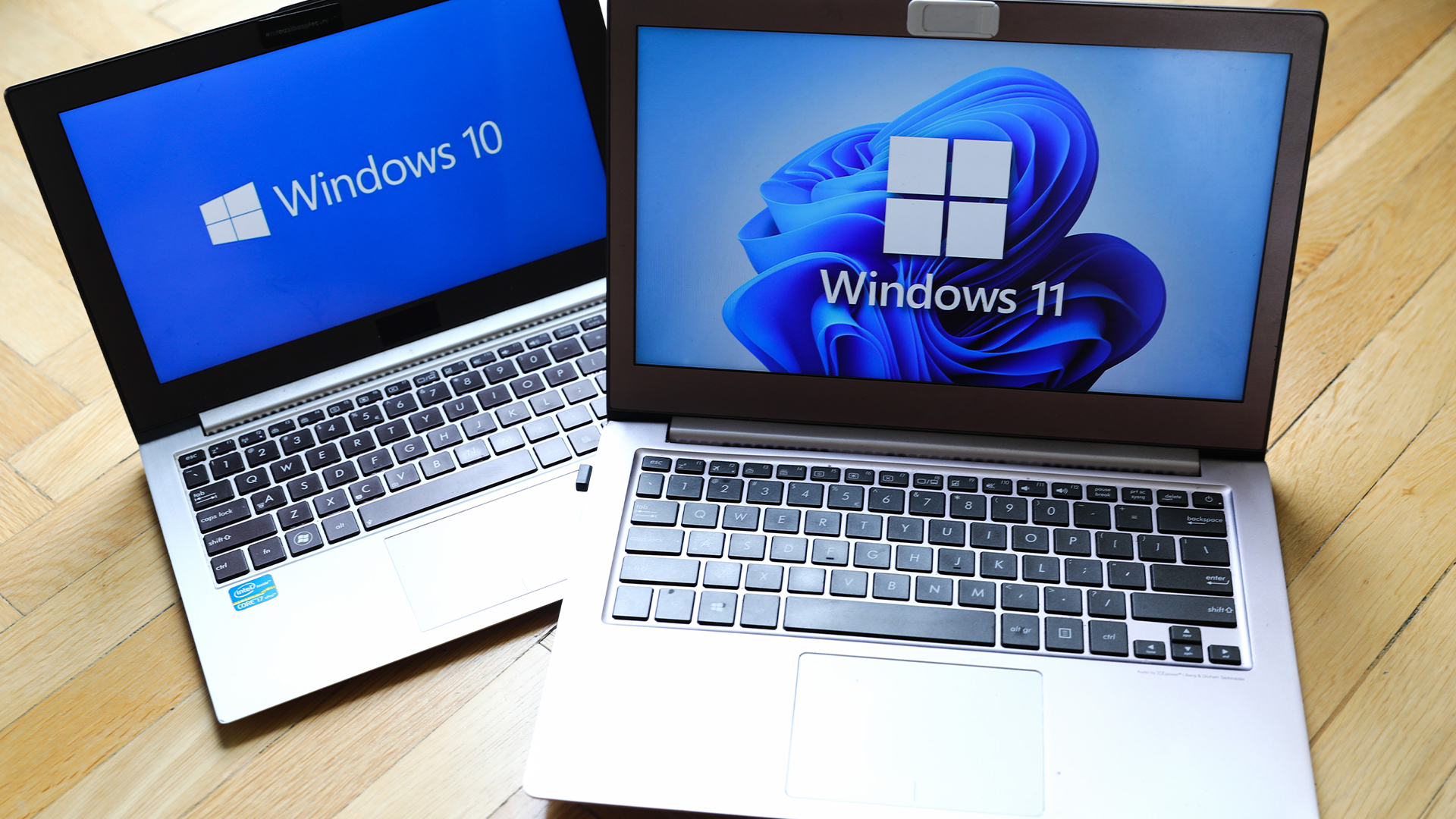 What enterprises need to be Windows 11 ready
What enterprises need to be Windows 11 readySupported Content Hardware purchasing will play a key role in delivering success during the Windows 11 migration rush
By Ross Kelly
-
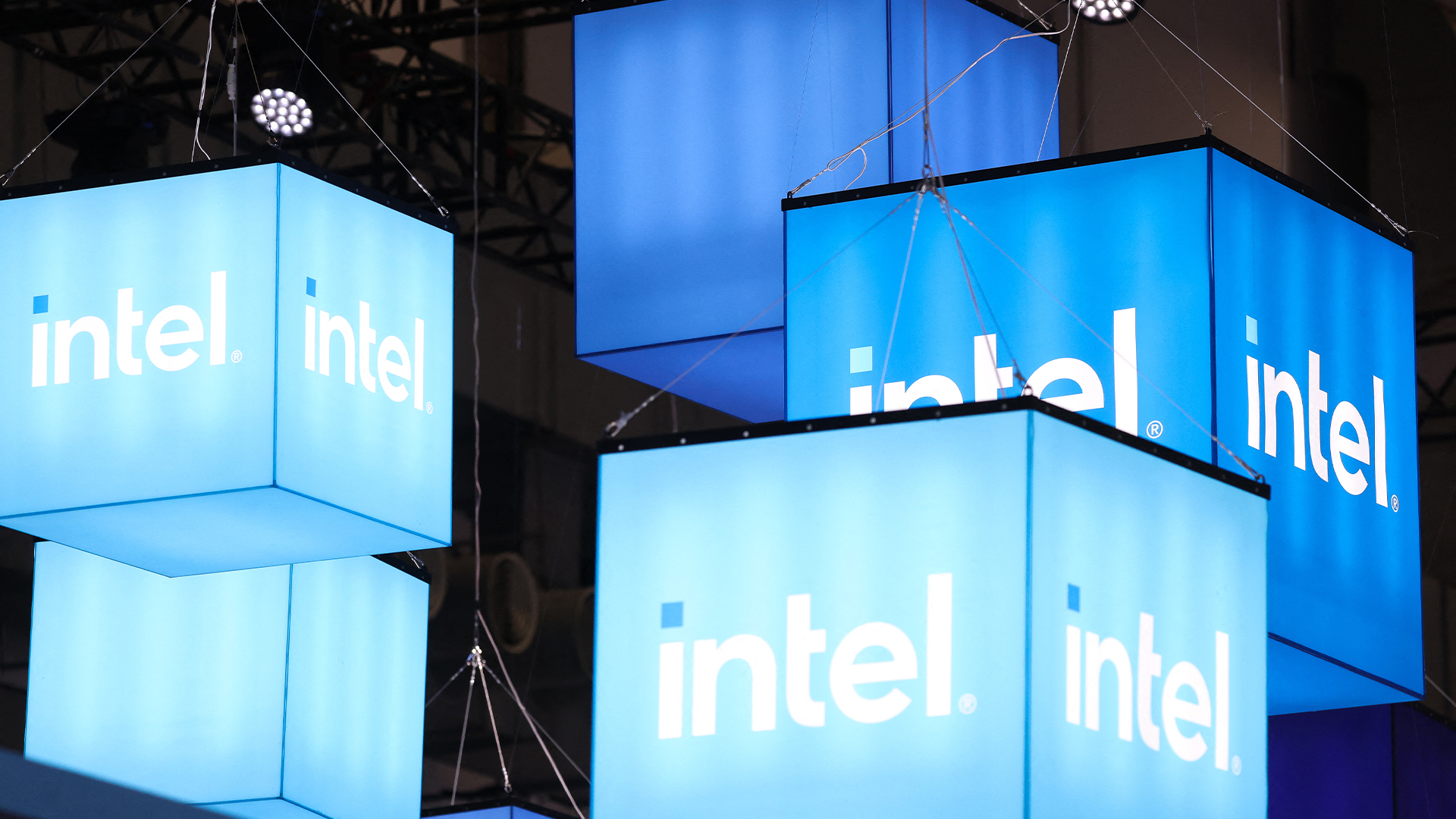 The gloves are off at Intel as new CEO plots major strategy shift
The gloves are off at Intel as new CEO plots major strategy shiftNews Intel’s incoming CEO has some big plans for the firm’s business strategy, sources familiar with the matter have told Reuters, with more job cuts looming on the horizon.
By George Fitzmaurice
-
 Why the CPU you chose is the key to Windows 11
Why the CPU you chose is the key to Windows 11The end of Windows 10 is on the horizon – it’s time to upgrade to an fTPM-protected processor
By Bobby Hellard
-
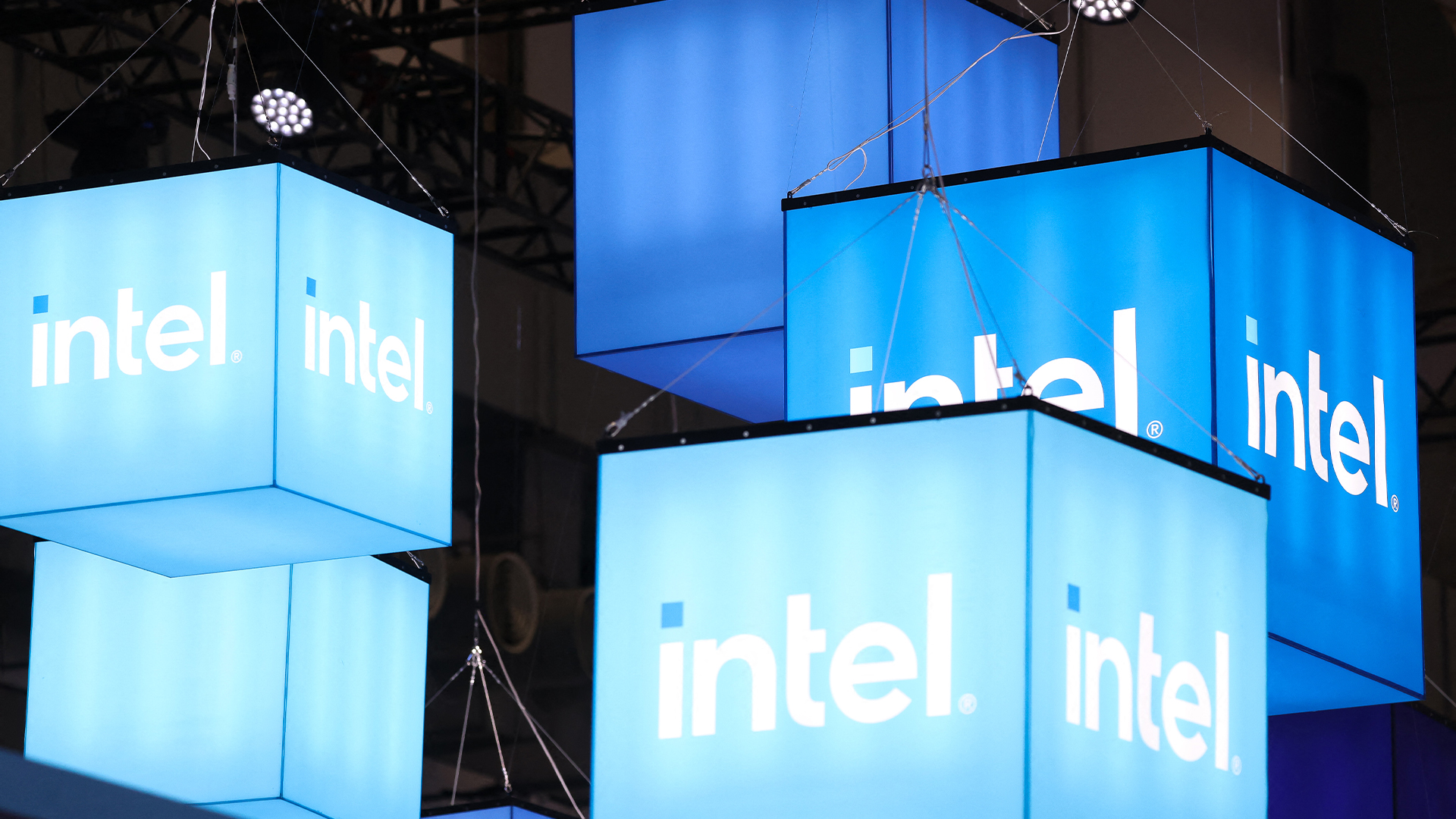 Intel just won a 15-year legal battle against EU
Intel just won a 15-year legal battle against EUNews Ruled to have engaged in anti-competitive practices back in 2009, Intel has finally succeeded in overturning a record fine
By Emma Woollacott
-
 AMD and Intel’s new x86 advisory group looks to tackle Arm, but will it succeed?
AMD and Intel’s new x86 advisory group looks to tackle Arm, but will it succeed?News The pair will look to make x86 CPU architecture more interoperable
By George Fitzmaurice
-
 AMD’s patient roadmap has become a highway to success
AMD’s patient roadmap has become a highway to successAnalysis While everyone was focused on Nvidia’s meteoric rise, AMD was preparing the hardware needed to take the fight to its long-time competitor
By Ross Kelly
-
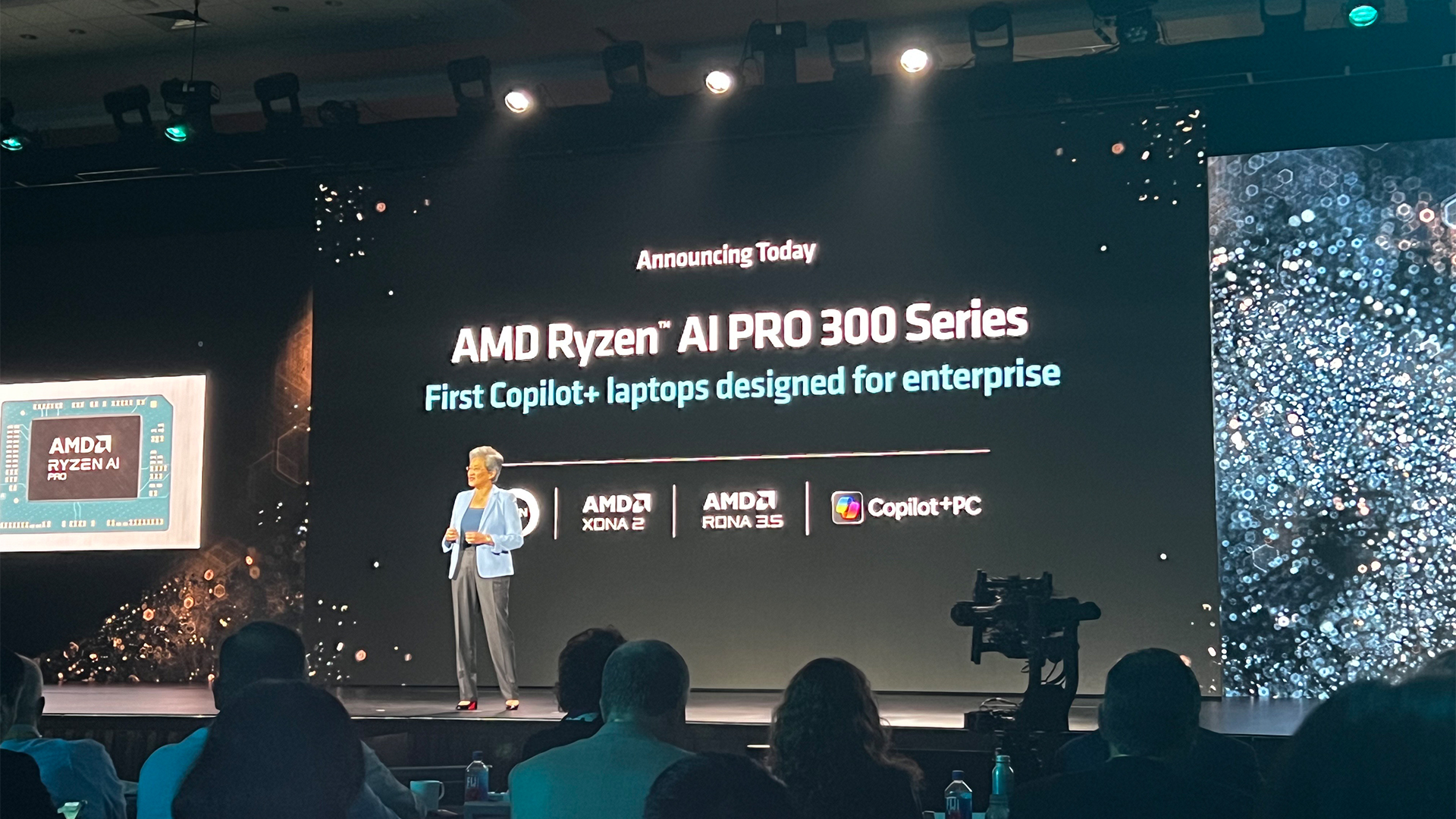 AMD just made a big statement in the AI PC race with its Ryzen AI Pro 300 series processors
AMD just made a big statement in the AI PC race with its Ryzen AI Pro 300 series processorsNews With all eyes focused on the AI PC craze, AMD looks to one-up the competition
By Ross Kelly
-
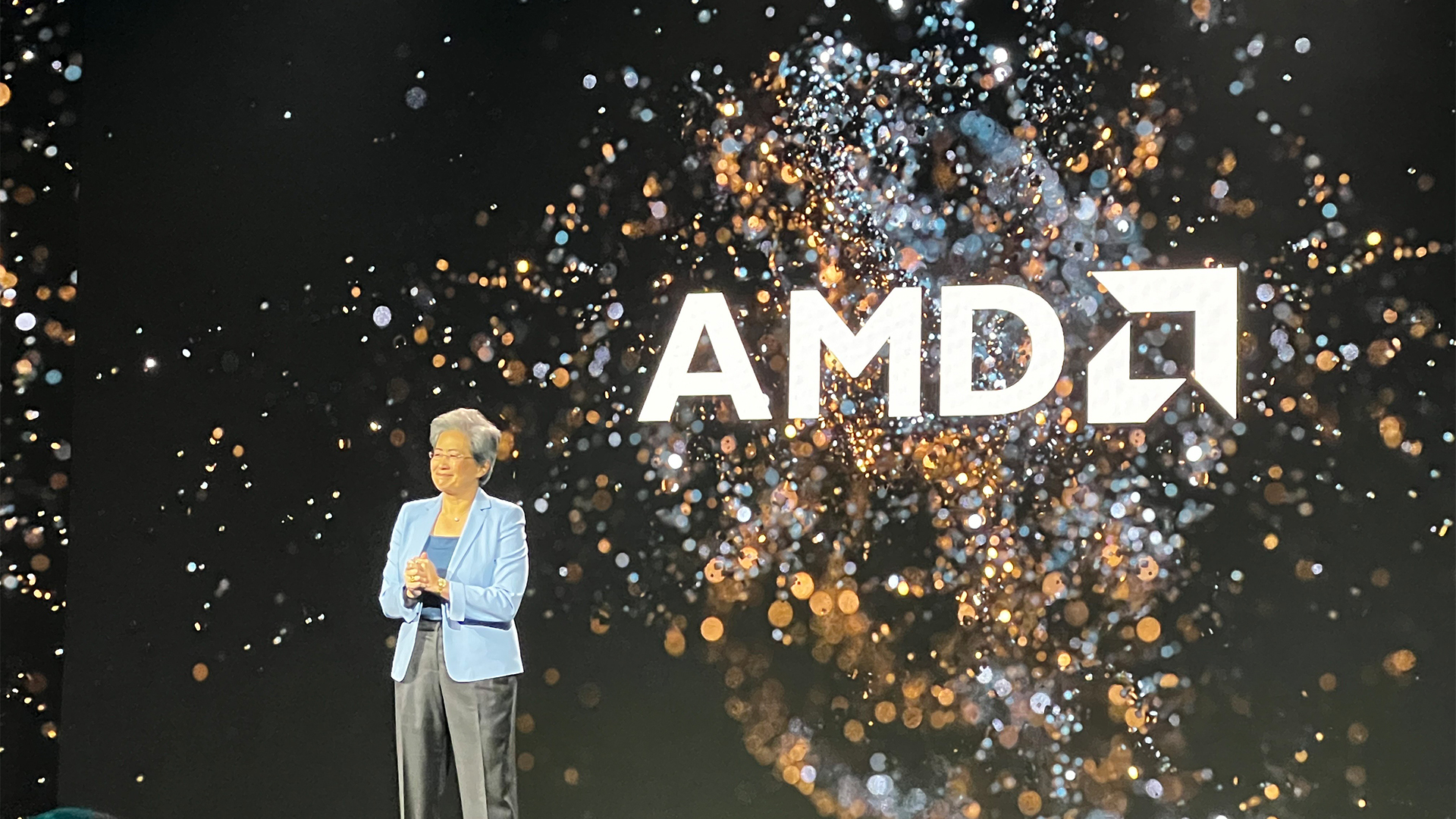 AMD’s new Instinct GPUs might just blow Nvidia out of the water
AMD’s new Instinct GPUs might just blow Nvidia out of the waterNews The chip maker unveiled its newest Instinct GPU series in San Francisco today – and it’s very bullish on performance in the race with Nvidia
By Ross Kelly